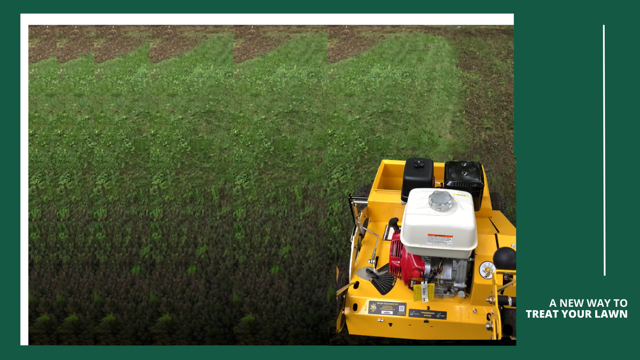Have you been a homeowner with a lawn for more than a day? If so, you’ve probably figured out that getting that lush, green grass is not always as easy as product labels make it about to be. But that doesn’t mean it’s impossible!
This article is about how to get your lawn back, and finally put an end to those unwanted blemishes, weeds, and bare spots.
Assess your Lawn’s Condition
Before you start your lawn renovation, it’s important to evaluate its current state. Common issues include:
Bare spots: Areas of the lawn where grass has died or failed to grow, leaving patches of exposed soil.
Weed infestation: The presence of unwanted plants (weeds) that compete with grass for nutrients, water, and sunlight, often leading to a weakened and unsightly lawn.
Soil compaction: The process by which soil particles are pressed together, reducing pore space and limiting the movement of air, water, and nutrients.
Any of these sound familiar? Don’t worry, you’re not alone. Let’s talk about fixing them!
Preparation for Renovation
Proper preparation is key to successful lawn renovation. There are a few ways you can do it:
A: Start with soil testing and analysis to understand your lawn’s pH levels and nutrient content. Soil tests can be done using kits available at garden centers or through professional services. Once you have the results, treat the soil as needed by adding lime to raise pH or sulfur to lower it.
B: Next, clear the lawn of debris, weeds, and thatch. Thatch is that layer of dead grass and roots and it can prevent water and nutrients from reaching the soil. You can use a dethatching rake or a power dethatcher for this.
C: Aeration is another critical step. Aerate the lawn using a core aerator, which will remove small plugs of soil from the ground, relieving soil compaction and improving air, water, and nutrient penetration.
Lawn Renovation Techniques
Now you’re ready for the fun part… or, at least the satisfying part. Because once you start implementing these techniques, your lawn will be on the road to repair!
Overseeding
Once you find the right grass seed for your region and lawn conditions, spread the seed evenly using a broadcast spreader. Lightly rake the soil to ensure good seed-to-soil contact and cover with a thin layer of compost.
Not sure what seed to use? Here’s a general rule of thumb: cool-season grasses like Kentucky bluegrass and fescue are ideal for northern areas, while warm-season grasses like bermuda and zoysia are better for southern regions.
Topdressing
No, not for your salad. Topdressing involves applying a thin layer of compost or soil mix over the lawn. This improves soil structure, adds organic matter, and helps with seed germination.
Quick tip: When you’re applying the topdressing, make sure to even it out and work it into the grass with a rake. This ensures that the soil and compost mixture reaches the grass roots and provides the necessary nutrients for growth.
Fertilization
The key to fertilization is finding the right one and applying it the right way. Select a balanced fertilizer that meets your lawn’s nutrient needs (you can follow the recommendations from your soil test). Then apply the fertilizer evenly and at the correct rate, being careful not to over-fertilize, which can harm the grass and environment.
Repairing Specific Lawn Problems
Fixing bare spots: Bare spots can be… well, a bear to get rid of, so patience and persistence are key. Reseed bare spots by loosening the soil, spreading grass seed, and covering with a light layer of compost or soil. The most important thing to do after that is to keep the area moist until the grass is well-established.
Weed control: Ah yes, let’s not forget about weeds. First, identify common weeds like dandelions, crabgrass, and clover to make sure you don’t end up destroying good, wanted plants by accident. It’s also important to use the right weed control methods if you want to avoid killing more grass in the end. Try these:
- Pull by hand
- Apply pre-emergent herbicides
- Use weed killers
Soil Compaction
When it comes to addressing solid compaction, consider using organic matter like compost to improve the soil structure and reduce the symptoms of compaction.
Shallow watering can make compaction worse, so make sure the lawn is watered deeply but infrequently to encourage deep root growth.
Finally, avoid heavy traffic on the lawn, especially when the soil is wet, as this can also increase compaction.
What’s the Takeaway?
Knowing the basics of lawn renovation and repair is crucial if you want to maintain a healthy and attractive lawn. By assessing your lawn’s condition, preparing properly, and using effective renovation techniques, you can rejuvenate your lawn and enjoy its benefits for years to come.
Tired of lawn maintenance? Well, there is one more lawn renovation technique we haven’t mentioned yet. Hire a professional like Elements Lawn and Pest! At Elements, we tailor our services to the needs of every individual lawn, ensuring the best results every time. Contact us today for more information!

